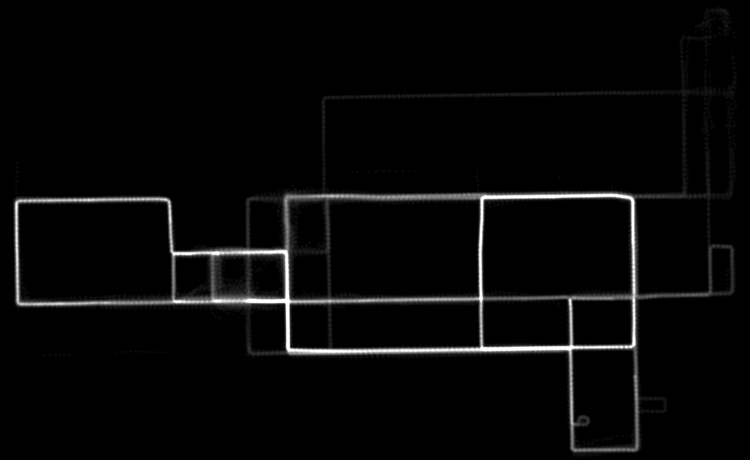Extracting Road Network Structure from Heat Maps of GPS Trajectories Using Convolutional Neural Networks

| Team: | Sercan Çakir |
| Year: | 2017 |
| Funding: | DFG Graduiertenkolleg SocialCars |
| Duration: | 2017 |
| Is Finished: | yes |
Road network extraction from GPS trajectories has always been an overemphasized topic for the researches on map improvement. The existence of huge amount of GPS trajectories collected from vehicle movements, cycling and running activities, has encouraged researchers to work on this topic. Besides that, the heat maps (i.e. density maps) of trajectories have been visualized in order to indicate the frequency of use of road segments. With the work represented in this thesis, extraction of road networks from GPS trajectories has been aimed by proposing the use of convolutional neural networks on heat maps. For this purpose, a supervised learning was executed by feeding the network with two kinds of heat maps and their ground truth labels belonging to the city of Hanover in Germany. One of the heat maps was created by imitating the behavior of real world vehicle trajectories, the other one was retrieved from a website that is based on cycling trajectories. Their ground truth labels were created with regard to OpenStreetMap road network. Additionally, three more heat maps without target datasets were produced in order to spot the differences on robustness of the constructed model. One of them was created for the city of Berlin (see figure 3) based on trajectory simulation, the other one was retrieved from a website that is based on cycling trajectories for another part of the city of Hanover, and the last one was created directly from vehicle trajectories for the city of Chicago (see figure 1) in the United States. According to the experimental results, the optimum parameters and appropriate optimization method (e.g. Adadelta) were found out for the constructed model. Results indicate that the quality measures (e.g. precision, recall and F1Score) of road network extraction with the proposed method are dependent on the training and validation datasets delivered to the model. Also, in case of various and large amount of datasets, there might be improvement on learning ability of the constructed model.
